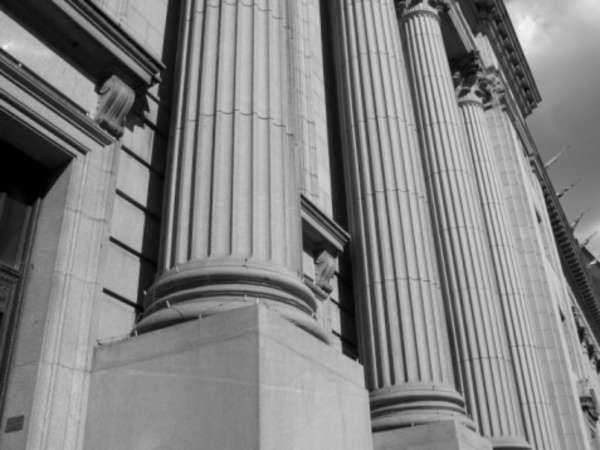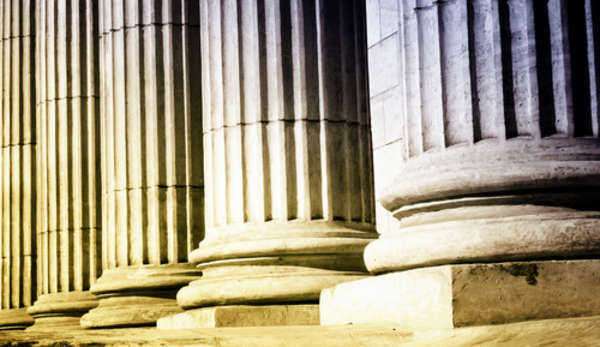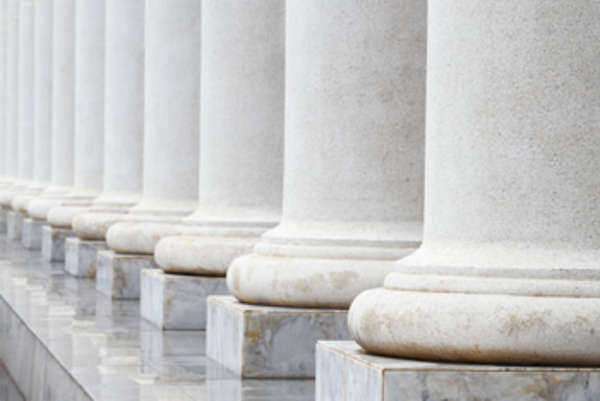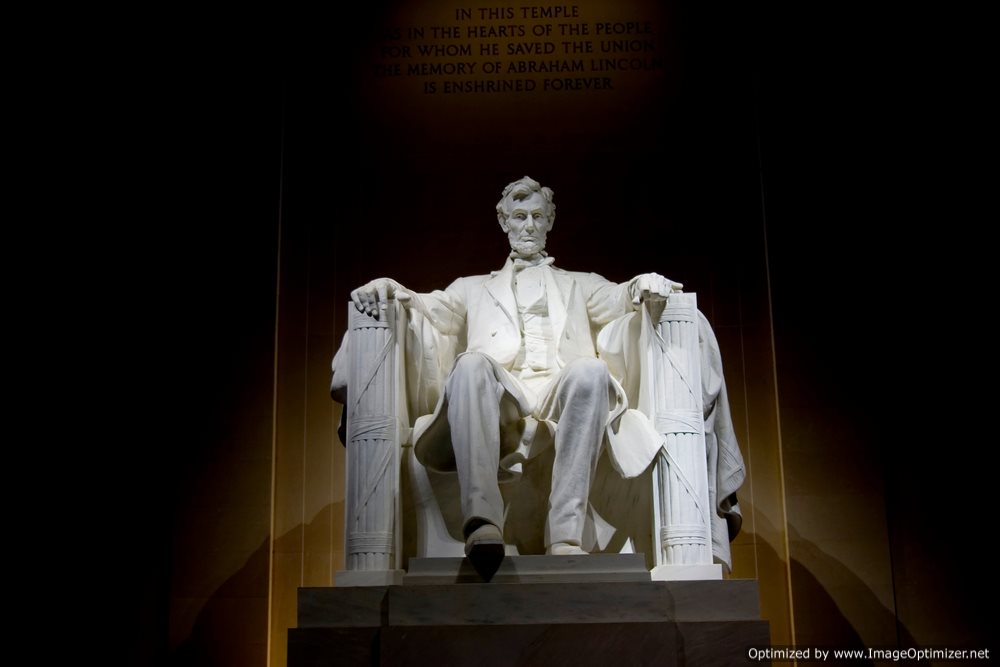SAHA







Where is the Harvard University Police Department located?
The HUPD’s address is 1033 Massachusetts Avenue, Sixth Floor. If you’re walking toward Central Square from the Holyoke Center, you’ll find the HUPD as you walk past the Crate and Barrel Furniture store.
If you’re involved in an emergency, call 911 and you’ll be directed to the Cambridge Police Department or the Boston Police Department. If you want to reach the HUPD directly, call (617) 495-1212.
What types of crime does the Harvard University Police Department handle?
The HUPD handles the majority of crimes that happen on campus except for serious crimes like homicide. About 95 percent of all crimes committed on campus involve property theft. The HUPD still works with the Cambridge Police and Boston Police in most investigations though.
What Should I do if I believe I’m being followed?
The Harvard University Police Department recommends that you trust your instincts. If you suspect something is wrong, you’re probably right. You can call a dispatcher using one of the phones on campus with a blue light.
You should also consider entering a public location like a restaurant or a heavily traveled part of campus. The HUPD suggests that you program their phone number in your cell phone in case of an emergency.
What should I do if I have lost a piece of property?
The Harvard University Police Department suggests you call the Property Custodian at (617) 495-1783. The custodian will tell you if the lost property was turned in, and you can leave your contact information and description of the property for any future findings.
What does the Harvard University Police Department suggest for scheduling a party?
The HUPD suggests that you visit the Office of Student Activities website or call the Dean’s Office at (49) 5-1558. Remember, if you ever see anyone at a party who is very drunk, unconscious, and unresponsive, you need to call the HUPD right away at (617) 495-1212.

The California Department of Real Estate (or Department of Real Estate, California, as it is sometimes called), is an organization devoted to protection of the consumers within the real estate markets of California. The California Department of Real Estate describes its own primary goals as helping to monitor and regulate the practices within the real estate markets of California; raising public awareness of issues within the real estate markets of California; and providing any necessary or important services to consumers as well as licensees of the Department of Real Estate, California.
The California Department of Real Estate indeed must spend a large amount of its resources and time in regulating those with a California real estate license, as well as issuing further such licenses to those who apply. A California real estate license is required for those who wish to act as real estate brokers and real estate salespeople within California. A California real estate license is also significant in that only those individuals who both show themselves to have the appropriate and necessary knowledge and who show themselves to have the proper character will receive such a California real estate license. In this way, the Department of Real Estate, California, is able to maintain some control on the real estate market of California in order to protect the consumers.
